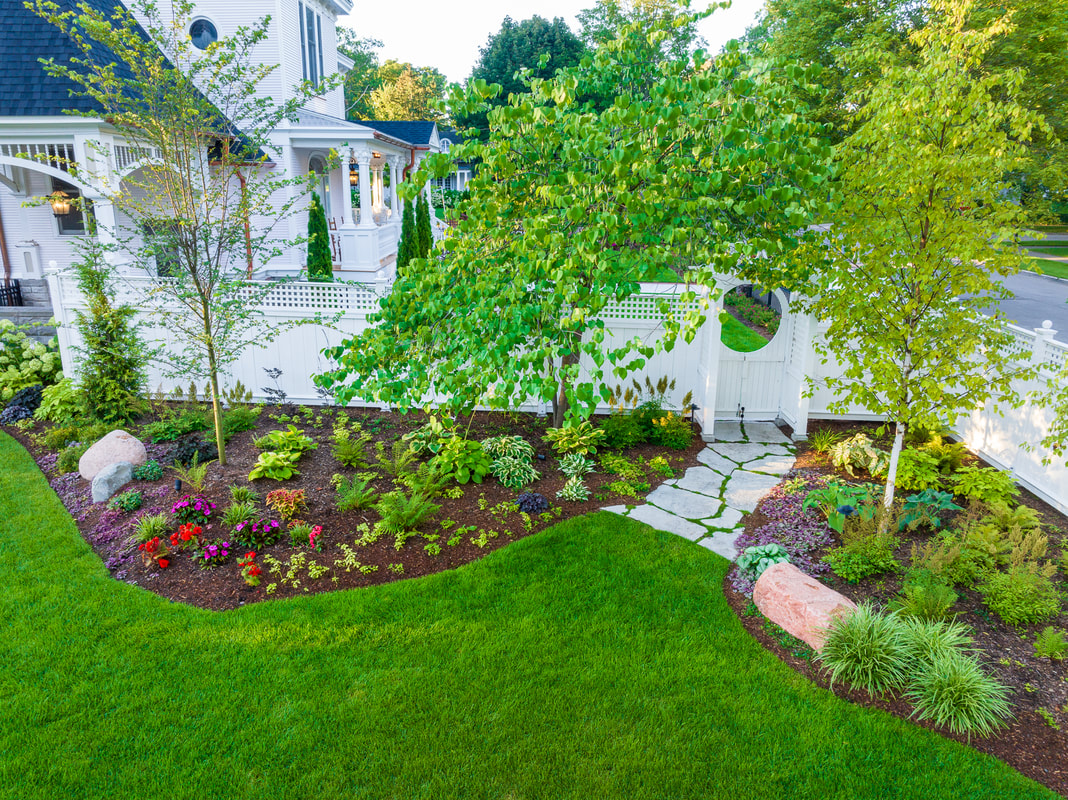Hilton Head Landscapes Fundamentals Explained
Hilton Head Landscapes Fundamentals Explained
Blog Article
The Best Strategy To Use For Hilton Head Landscapes
Table of ContentsGetting The Hilton Head Landscapes To WorkRumored Buzz on Hilton Head LandscapesThe smart Trick of Hilton Head Landscapes That Nobody is DiscussingHilton Head Landscapes Fundamentals ExplainedThe Of Hilton Head LandscapesSome Ideas on Hilton Head Landscapes You Need To KnowHilton Head Landscapes Fundamentals Explained
Line develops all kinds and patterns and can be made use of in a range of methods the landscape. Line in the landscape is produced by the side between two products, the outline or shape of a form, or a lengthy linear function. Lines are a powerful device for the developer since they can be used to produce an infinite selection of shapes and kinds, and they manage activity of the eye and the body.

Lines can have one or more characteristics, such as those explained below, however they usually serve various purposes. Number 1. Lines in the landscape - Landscapers near me. The homes of lines determine just how people react to the landscape, both emotionally and literally. Straight lines are structural and powerful; they create an official personality, are usually linked with a symmetrical layout, and lead the eye straight to a centerpiece.
Some Known Facts About Hilton Head Landscapes.
Straight lines are frequently located in hardscape sides and material. Curved lines produce an informal, natural, unwinded character that is linked more with nature and asymmetrical equilibrium. Bent lines relocate the eye at a slower pace and add mystery to the room by producing concealed views. Vertical lines relocate the eye up, making an area really feel bigger.
Vertical lines in the landscape consist of high, narrow plant product, such as trees, or high frameworks, such as an arbor or a bird home on a pole. Horizontal lines move the eye along the ground aircraft and can make a room really feel larger. Reduced lines are more suppressed and create a sensation of remainder or repose.
5 Easy Facts About Hilton Head Landscapes Shown
Low lines are produced by low garden wall surfaces, pathways, and brief hedges. Lines are used to attract types on a strategy. In plan sight, they define plant beds and hardscape areas. Lines are additionally produced by the upright types of built attributes and plant product. There are three key line types that develop type in the landscape: bedlines, hardscape lines, and plant lines.
Bedlines connect plant material to the house and hardscape due to the fact that the eye adheres to the line, moving the look via the landscape. Hardscape lines are developed by the side of the hardscape, which marks the built framework. Line can additionally be created by lengthy and slim products, such as a fence or wall.
Things about Hilton Head Landscapes
Form is found in both hardscape and plants, and it is typically this contact form the dominant aesthetic component that spatially organizes the landscape and frequently identifies the design of the garden. The kind of frameworks, plant beds, and yard accessories also determines the overall form theme of the yard. Formal, geometric forms consist of circles, squares, and polygons.
Plants develop form in the garden with their details or silhouettes, yet form can likewise be defined by a void or negative room between plants - hilton head landscapers (https://pubhtml5.com/homepage/eikot/). Circles can be complete circles, or they can be split right into fifty percent circles or circle sections and integrated with lines to develop arcs and tangents
A Biased View of Hilton Head Landscapes
Circles are a strong design type due to the fact that the eye is always attracted to the facility, which can be made use of to stress a focal point or attach various other kinds. Circular types in hardscape and grass panels.
The square form can also be fractional and secondhand repeatedly to create a grid pattern. Unlike circles, squares are more powerful on the sides, which can be lined up or overlapped to develop one-of-a-kind patterns and more complex forms.
Twisting lines commonly simulate the natural course of rivers or streams and can be called smooth lines with deeply curved undulations. Meandering lines (Figure 3) function well for pathways, plant bedlines, and completely dry stream beds. Twisting lines can include interest and secret to a garden by leading customers around corners to discover new views and rooms.
Some Ideas on Hilton Head Landscapes You Need To Know

Number 5. Fragmented sides: stepping rocks in path. Kind is the most enduring quality of a plant (Landscapers near me). https://myanimelist.net/profile/h1tnhdlndscps. Common plant kinds are well established and standard, as kind is one of the most consistent and recognizable characteristic of plants. Kind can likewise be developed via the massing of plants, where the total mass develops a different type than an individual plant.
An extremely different kind needs to be used with careone or 2 job well as a centerpiece, however as well many wreak havoc. All-natural plant types, instead of over-trimmed kinds, need to establish the mass of the make-up. The relevance of total type is more or less based on the checking out perspectivethe kind of a tree can show up quite various to a person standing under the cover versus seeing the tree from a range in an open field.
The 5-Minute Rule for Hilton Head Landscapes
Plant kinds additionally create and define deep space or open rooms in between the plants, creating either convex or scooped types in deep spaces. High-arching tree branches generally produce a concave open area under the branches, and a rounded canopy with low branches fills the area to produce a convex type in the open area under the tree.

Report this page